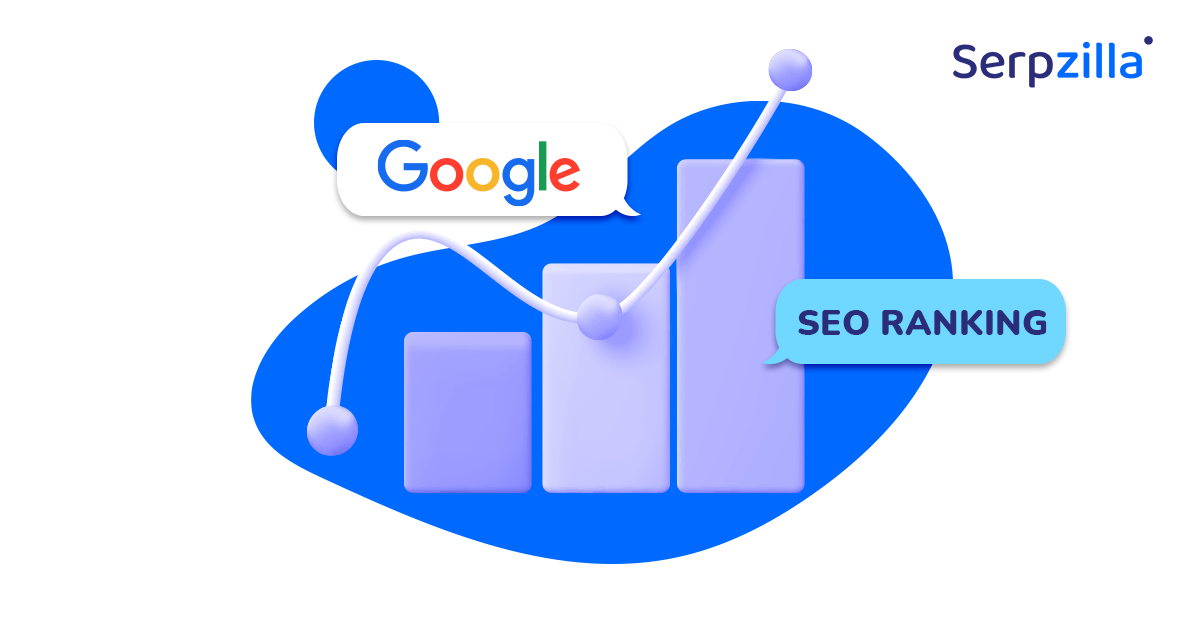What is the most important contributor of success to an SEO campaign?
No, it isn’t technical SEO or links or content.
It is delivering value to the client through SEO.
In this blog, we have often talked about educating clients and giving them an idea of the potential results from SEO activities. This is where most SEO experts stumble, even if they are great at analysis, outreach, or any other core part of their job.
Basically, every client needs some sort of assurance that they will get an ROI on the money they spend on SEO. Especially because Google’s algorithms change faster than the weather and fake SEO experts are dime a dozen everywhere.
So how do you give them an accurate estimate of the search visibility and organic traffic that you can get for them? Through SEO forecasting.
What is SEO Forecasting?
SEO forecasting is the art and science of predicting rankings, impressions, organic traffic and conversions resulting from active SEO efforts.
Ultimately, it is a part of sales forecasting and helps the organization estimate the revenue and ROI they can get from SEO.
SEO forecasting is critical in setting and managing the expectations of top management and clients alike. It helps SEO specialists answer questions such as:
- How many leads can we get from Google?
- What is the increase in revenue that we can expect?
- Why should we spend money on our website when most of our customers come from other channels?
SEO forecasting is a crucial process for digital marketers and website owners to predict future performance, identify opportunities, and allocate resources effectively. By analyzing historical data, trends, and market insights, you can make informed decisions to enhance your website’s visibility and organic traffic.
The Benefits of SEO Forecasting
Here are some of the key benefits of SEO forecasting for digital marketers, sales professionals as well as business owners:
- Predict the number of click throughs to different pages of your site.
- Plan for long-term growth of the website.
- Allocate digital marketing budgets effectively by understanding periods of high demand and seasonality.
- Calculate ROI for your content marketing efforts.
- Prioritize the right content gaps and fine-tune your digital strategy accordingly.
- Optimize your landing pages for maximum conversions.
- Predict the impact of algorithm updates, anticipate fluctuation in web traffic, and adjust your strategy accordingly.
- Understand search intent, customer needs and consumer behavior in your industry.
- Gain a deep understanding of the factors that affect your search visibility.
- Outperform competitors in an ever-changing market by understanding exactly how clicks translate into revenue.
- Improve long-term client-agency relationships and increase retention by building trust and confidence.
The Process of SEO Forecasting
There is always some degree of uncertainty with SEO forecasting. That isn’t leeway for inadequate performance, but search engine visibility is subject to a great amount of fluctuation, depending on Google algorithm updates, the actions of your competitors, and your budget.
Since there isn’t a single best way to forecast traffic from SEO or even a single overarching goal for all SEO forecasts, it is up to the SEO specialist and their client to agree on a key performance indicator (KPI) metric.
While your figures might not turn out to be very accurate, the process of forecasting itself will certainly help you get the most out of your marketing strategies in different ways. Here’s a typical SEO forecasting methodology:
Gather Data
Before you begin your SEO forecasting, ensure you have access to accurate and comprehensive data. This includes historical website performance metrics, organic search data, keyword rankings, backlink data, and any other relevant data sources. Consolidate and organize this information to facilitate accurate analysis and model development.

Understand Seasonality and Trends
Seasonality and trends significantly impact organic traffic and rankings. Analyze historical data to identify recurring patterns, such as holiday spikes or industry-specific events. Use this understanding to adjust your forecasts and allocate resources more effectively during peak seasons.
Identify Key Metrics to Track
Determine the most relevant metrics for your website’s SEO forecasting. Common KPIs include organic traffic, click-through rate (CTR), engagement with blog content, organic conversions, keyword rankings, win ratio, backlink acquisition rate, revenue generated through organic channels, average order value (AOV) and customer lifetime value (CLV). Focus on those KPIs that align with your business objectives and marketing goals.
Here are some commonly-used formulas to estimate these metrics:
- Organic traffic for a keyword: monthly search volume X average industry CTR
- CTR = impressions / clicks
- Leads = forecasted traffic X average industry conversion rate
- Sales = forecasted leads X average lead-to-sale rate
- Revenue = forecasted sales x AOV
Utilize Regression Analysis
Regression analysis is a statistical technique that helps identify relationships between variables. Use regression models to analyze historical data and forecast future trends. By understanding the correlation between different SEO factors and performance metrics, you can make data-driven predictions for your website’s organic growth.
Here’s an in-depth method and template on how to forecast traffic using regression analysis if you’re up for it.

Embrace Machine Learning Models
Machine learning algorithms, such as Random Forest, Gradient Boosting, or Neural Networks, can significantly enhance the accuracy of your SEO forecasting. Train these models on your historical data to predict future outcomes. Keep in mind that the quality and quantity of data play a crucial role in the performance of machine learning models.
Competitor Analysis
Competitor analysis is essential for accurate SEO forecasting. Identify your main competitors and analyze their historical performance and trends. By understanding their strategies and performance in comparison to yours, you can identify gaps and opportunities for improvement.
Stay on Top of Algorithm Updates
Search engine algorithm updates can have a substantial impact on website rankings and organic traffic. For example, the helpful content update in late 2022 affected a lot of top sites in the marketing industry who were publishing content consistently.
Stay informed about major updates from search engines like Google and analyze their potential impact on your website’s performance. Factor in these updates while making your SEO forecasts.
Use Predictive Analytics
Leverage advanced predictive analytics tools that combine historical data with external factors like industry trends, economic indicators, or user behavior. These models and tools can provide more accurate and comprehensive SEO forecasts by considering multiple influencing factors.
Track, Adapt and Correct Course
SEO forecasting is not a one-time process; it requires ongoing monitoring and adjustments. Regularly track your actual performance against the forecasted data and identify any deviations. Fine tune your strategies accordingly to improve future forecasts and overall SEO performance.
Over to You
SEO forecasting is an essential aspect of any successful digital marketing strategy. Just like SEO itself, SEO forecasting is not a one-time activity or a set-it-and-forget-it function. You need to revisit your data gathering processes, dashboards, forecasts, estimates, models and methods frequently to make sure they’re in line with market changes, forces and trends.
Stay proactive, keep experimenting and testing, adapt to changes, and use data-driven decision-making to optimize your SEO efforts for sustainable organic growth. Accurate forecasting empowers you to allocate resources wisely and beat the heck out of your competition.







